A reconfigured pattern of MLL occupancy within mitotic chromatin promotes rapid transcriptional reactivation following mitotic exit
- PMID: 20064463
- PMCID: PMC2818742
- DOI: 10.1016/j.molcel.2009.12.001
A reconfigured pattern of MLL occupancy within mitotic chromatin promotes rapid transcriptional reactivation following mitotic exit
Abstract
Mixed lineage leukemia (MLL) and its metazoan Trithorax orthologs have been linked with the epigenetic maintenance of transcriptional activity. To identify mechanisms by which MLL perpetuates active transcription in dividing cells, we investigated its role during M phase of the cell cycle. Unlike other chromatin-modifying enzymes examined, we found that MLL associates with gene promoters packaged within condensed mitotic chromosomes. Genome-wide location analysis identified a globally rearranged pattern of MLL occupancy during mitosis in a manner favoring genes that were highly transcribed during interphase. Knockdown experiments revealed that MLL retention at gene promoters during mitosis accelerates transcription reactivation following mitotic exit. MLL tethers Menin, RbBP5, and ASH2L to its occupied sites during mitosis, but is dispensable for preserving histone H3K4 methylation. These findings implicate mitotic bookmarking as a component of Trithorax-based gene regulation, which may facilitate inheritance of active gene expression states during cell division.
2009 Elsevier Inc.
Figures
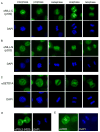
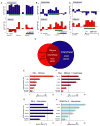
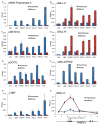
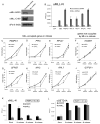
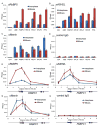
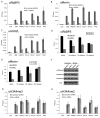
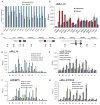
References
-
- Cavalli G, Paro R. The Drosophila Fab-7 chromosomal element conveys epigenetic inheritance during mitosis and meiosis. Cell. 1998;93:505–518. - PubMed
-
- Christova R, Oelgeschlager T. Association of human TFIID-promoter complexes with silenced mitotic chromatin in vivo. Nat Cell Biol. 2002;4:79–82. - PubMed
-
- Dennis G, Jr, Sherman BT, Hosack DA, Yang J, Gao W, Lane HC, Lempicki RA. DAVID: Database for Annotation, Visualization, and Integrated Discovery. Genome Biol. 2003;4:P3. - PubMed
Publication types
MeSH terms
Substances
Grants and funding
LinkOut - more resources
Full Text Sources
Other Literature Sources
Molecular Biology Databases
Miscellaneous

